This is the result of many complex inflammatory processes in the body. In which, immune molecules called interleukins (IL) play a key role. These are small proteins secreted by immune cells, responsible for coordinating the inflammatory response, repairing damaged tissue and affecting other organs, according to the medical news site News Medical.
Interleukin: "Double-edged sword" in kidney damage
Each type of interleukin has a different impact on the progression of AKI:
Some ILs worsen the disease, such as IL-1α, IL-1β, IL-12, IL-17A, and IL-18. They promote excessive inflammation, causing kidney cell damage, scar tissue, and spread to other organs. IL-8, for example, attracts more white blood cells to the damaged area, causing more severe inflammation and may be a warning sign of severe acute kidney injury.
In contrast, some ILs help protect the kidneys, such as IL-2, IL-10, IL-13, IL-27, and IL-37. These molecules calm the inflammatory response, protecting kidney cells from premature death. IL-10, for example, works by triggering a signaling cascade that helps suppress inflammation. IL-15 and IL-17E increase kidney cell survival and activate beneficial immune cells.
Some ILs can be both beneficial and harmful, depending on the dose, timing, or extent of injury. For example, IL-6 can help control inflammation in some situations, but can also make the condition worse if overproduced.
Therapeutic applications: IL targeting and new technologies
Kidney damage - ILLUSTRATION: AI
Many experimental therapies are currently focused on blocking harmful ILs with specific antibodies, such as the drug Rilonacept to neutralize IL-1, or IL-18 inhibitors to reduce inflammation and limit renal fibrosis.
In addition, a new treatment direction is to use extracellular vesicles (EVs) to deliver beneficial ILs to the right place. Trials have shown that EVs containing IL-10 can reduce the risk of acute kidney injury turning into chronic kidney disease. Or IL-37 packaged in neutrophil cell membranes has also helped improve kidney function, according to News Medical.
Future prospects
Scientists are now studying more closely how ILs mediate inflammation and repair in the kidney. The goal is to develop “targeted” therapies that directly interfere with harmful ILs or their receptors to help patients recover faster and avoid chronic complications. At the same time, EV technology combined with ILs is opening up a promising, safer, and more effective treatment direction in the future.
Source: https://thanhnien.vn/lieu-phap-moi-dieu-tri-ton-thuong-than-cap-185250824140527617.htm


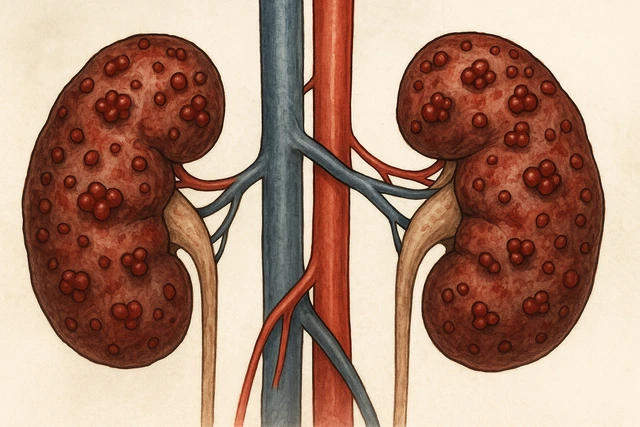








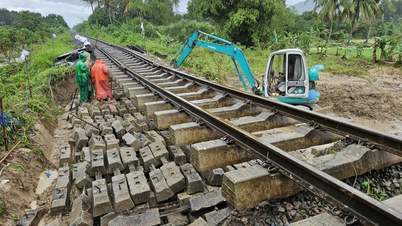

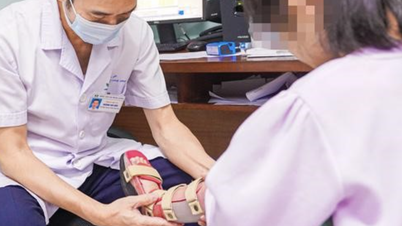

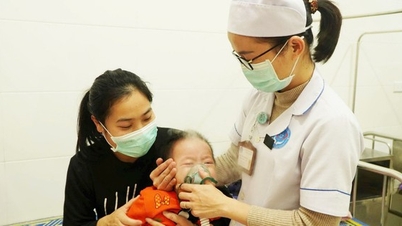
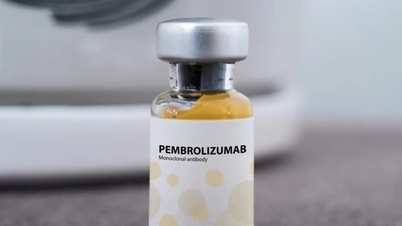



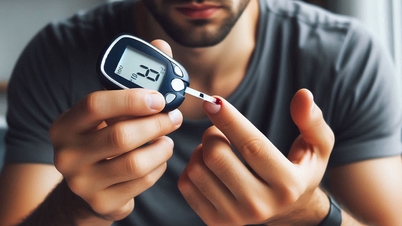

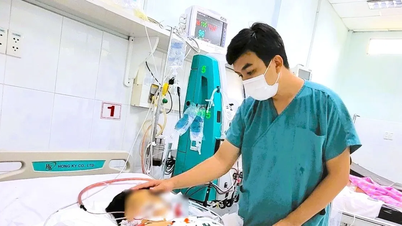

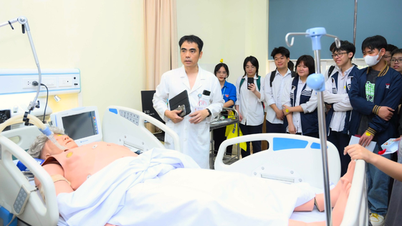





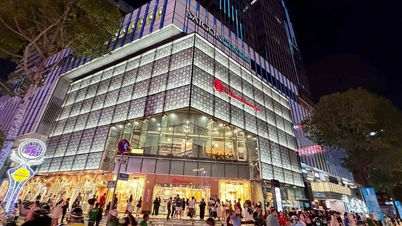

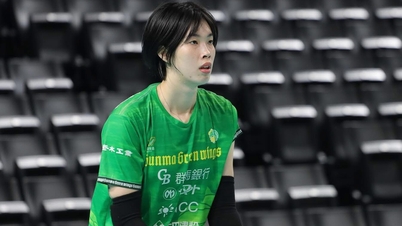













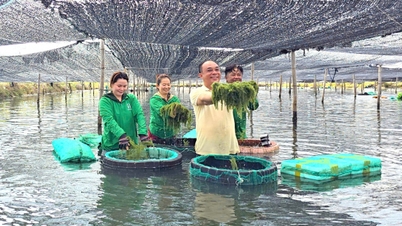





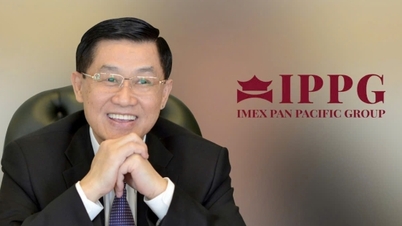








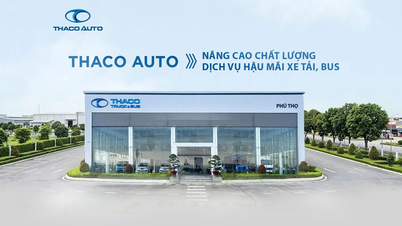
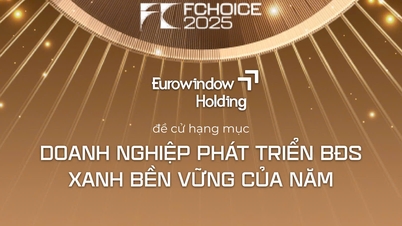
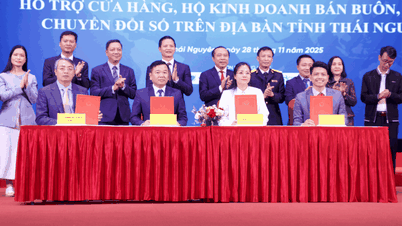
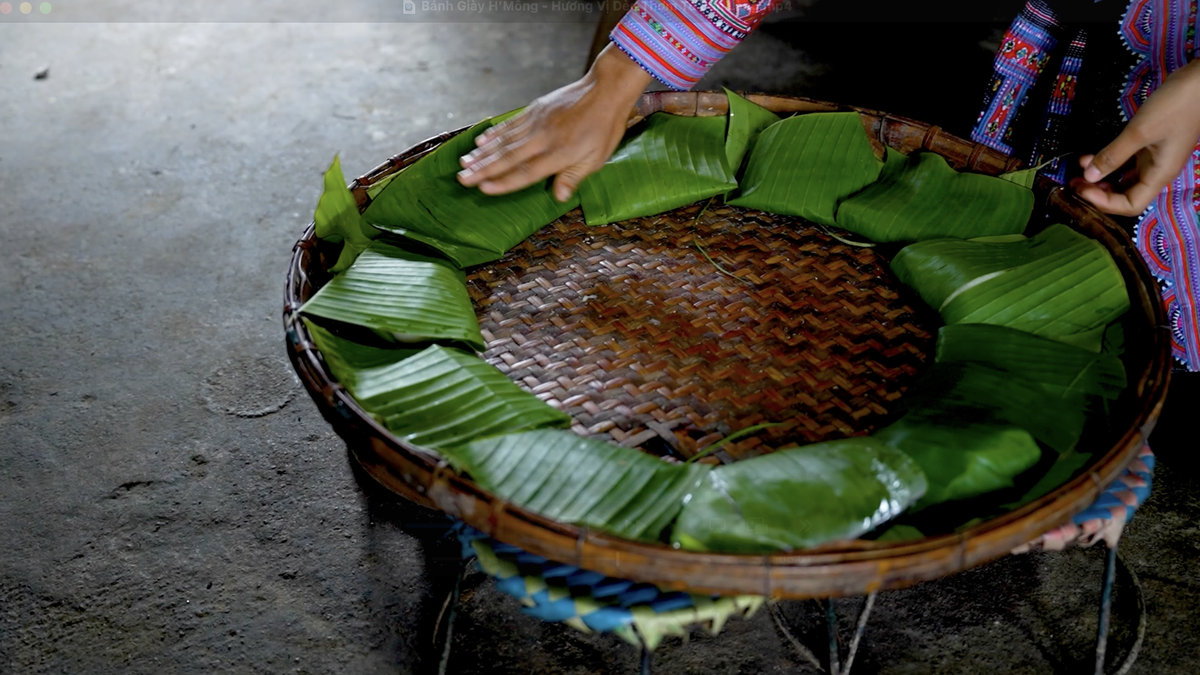







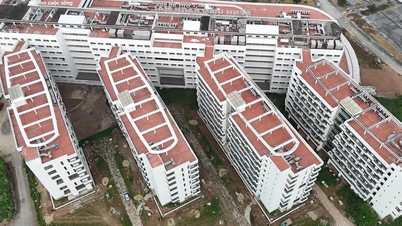

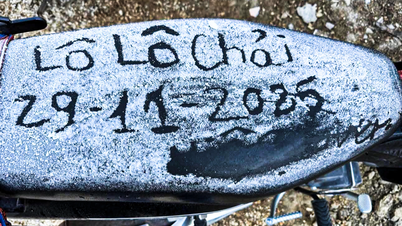
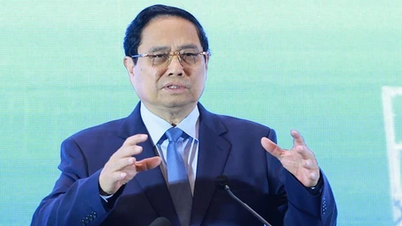

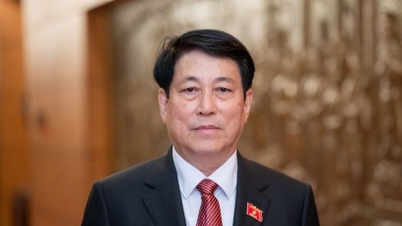




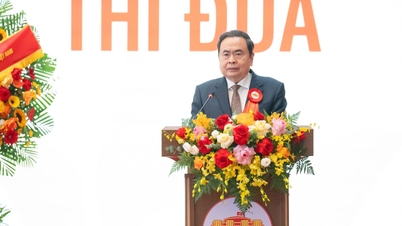



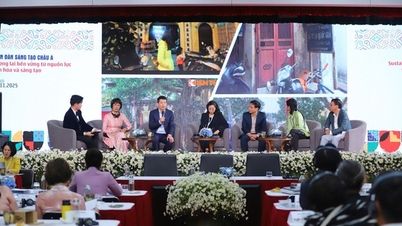
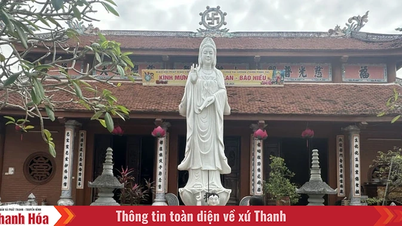

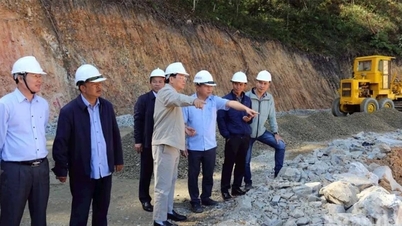
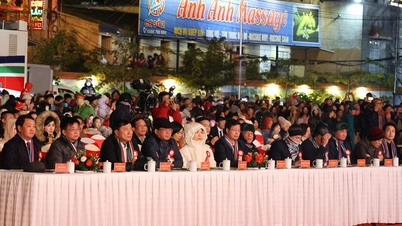













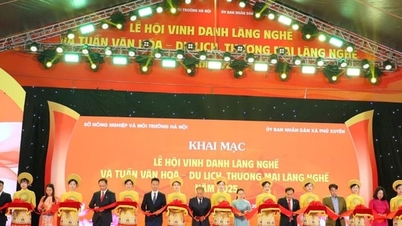





Comment (0)